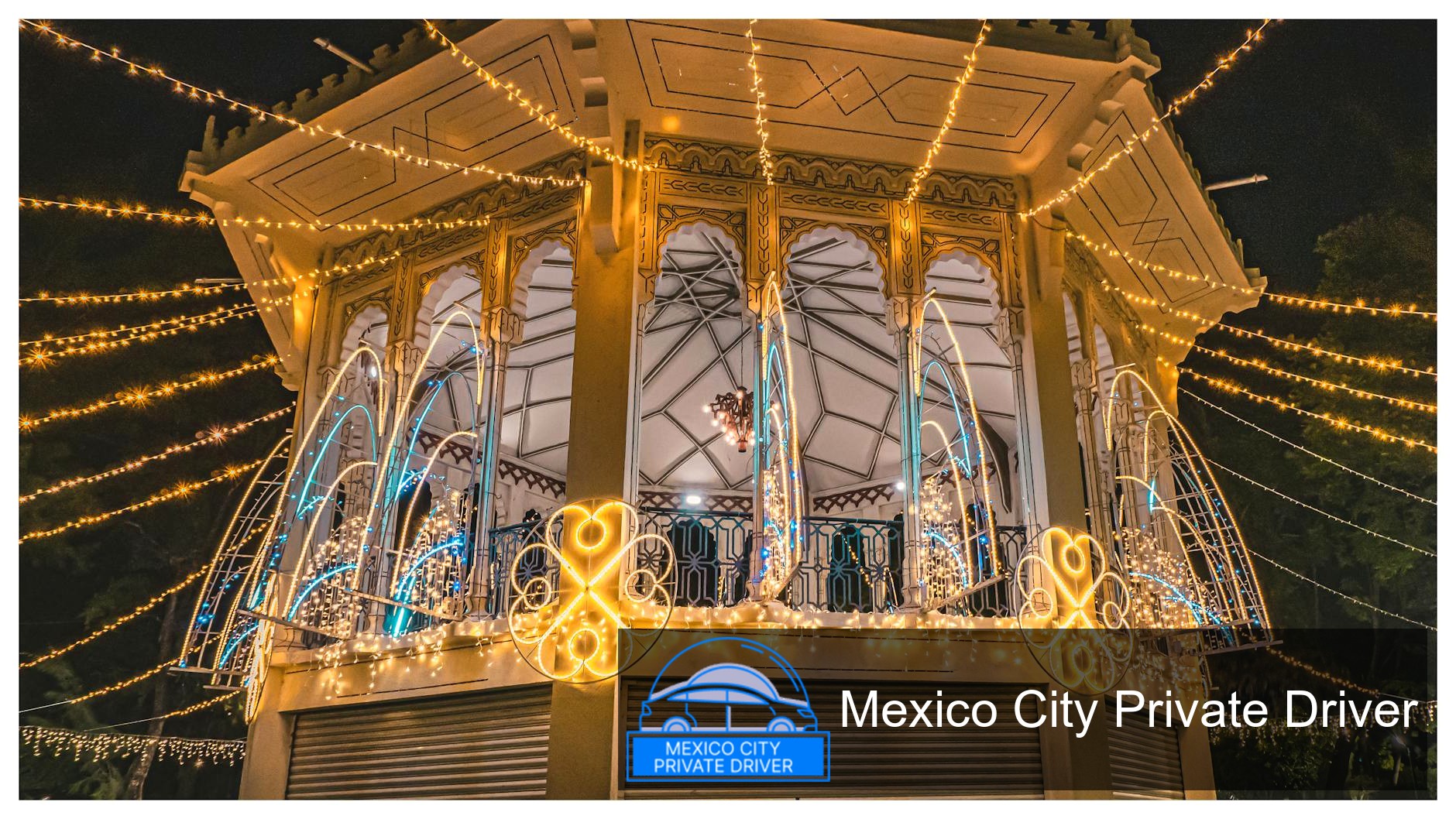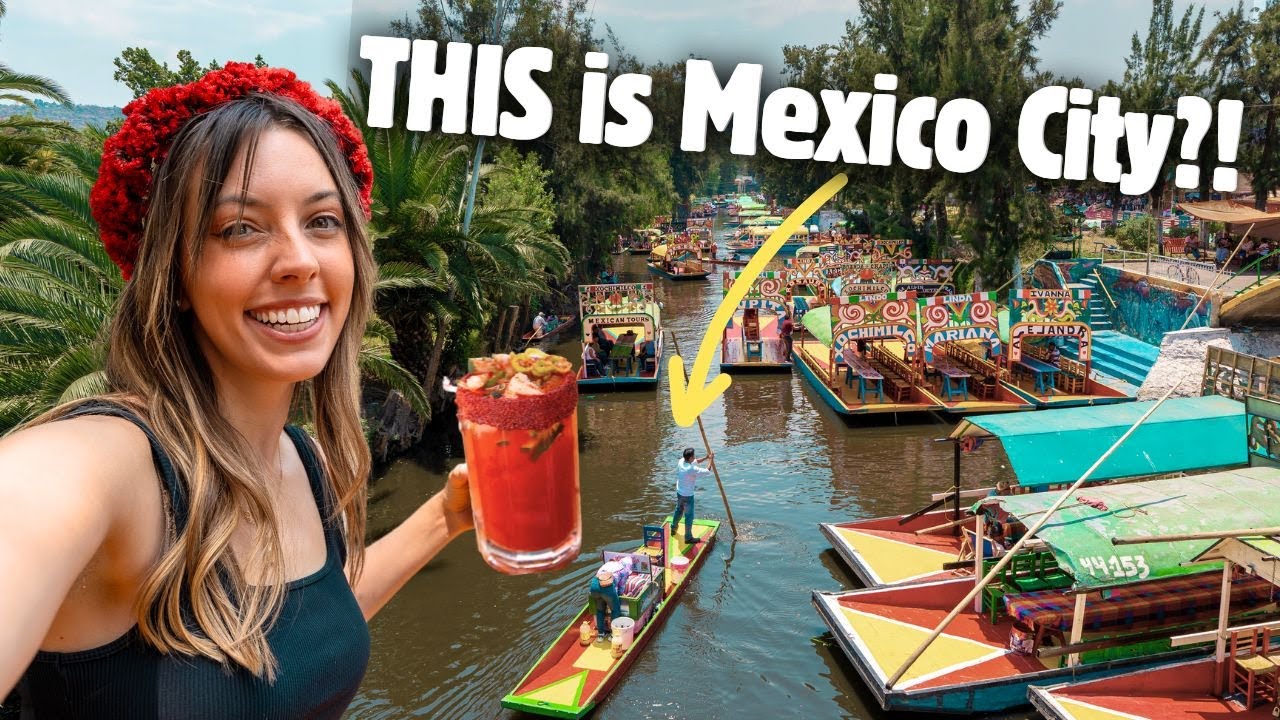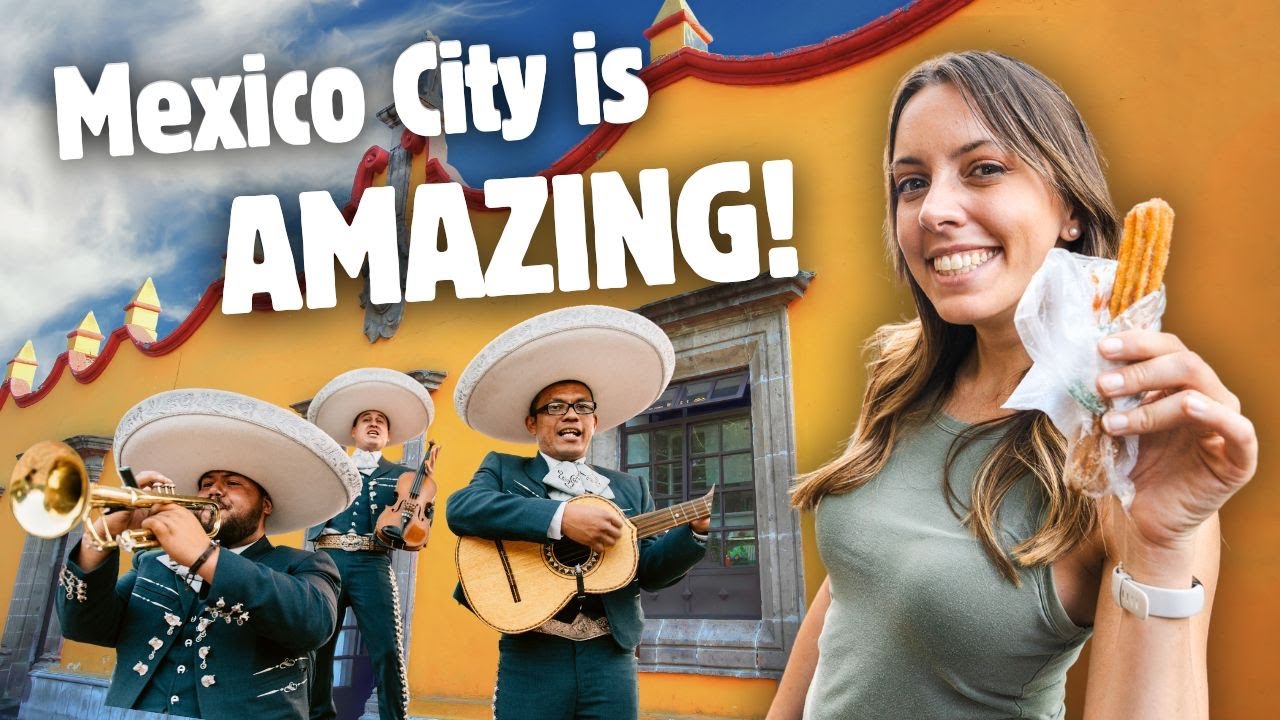TL;DR Mercado de Sonora is Mexico City’s best-known mercado for herbal medicine, esoteric goods, and traditional market culture. I’ve explored its narrow aisles and talked to vendors: you’ll find botanica items (Santa Muerte/St. Jude paraphernalia), medicinal herbs, party supplies, pottery, and a controversial animal section. Go mid-week or early; bring cash, ask permission before photos, and steer clear of animal stalls if you’re concerned about welfare. (Sources: Mexico City government, local reportage, travel reviews.)
Mercado de Sonora Mexico City: A Complete Guide to Hidden Gems and Local Delights
Why Mercado de Sonora matters — and why I keep returning
As someone who writes about mercados and has spent dozens of hours in Mexico City’s traditional markets, Mercado de Sonora stands out. Opened during the market-building boom of the 1950s, it was designed to regulate retail commerce and has kept much of its original character while attracting curious visitors from around the world (official CDMX records; local histories).
What pulls me back is the concentration of specialist vendors. Herbs and botanical remedies sit alongside ritual items for Santa Muerte and San Judas Tadeo; around them are stalls selling pottery, party accoutrements, and more. It’s part shop, part living museum of popular religious practice and working-class commerce (municipal sources; travel press).
What you’ll see and why each area matters
The market is laid out so that merchants cluster by product. This makes it easy to enter with a specific purpose — buying a medicinal herb, a candle for a ritual, or a ceramic pot — and find many knowledgeable sellers in one place.
Herbología and botanica
This is the market’s signature. Vendors sell dried herbs, tinctures, powders, and prepared remedies for a wide range of ailments and spiritual needs. Indigenous and popular medicinal practices mingle here; many items come from Puebla, Morelos, and the State of Mexico, while some plants arrive from rural suppliers in Milpa Alta and Xochimilco (market directories; guidebooks).
Esoteric and ritual goods
From candles and altars to charms for luck or protection, the ritual section is what makes Sonora famous internationally. You’ll find items associated with Santa Muerte, San Judas, tarot, crystals, and cleansing kits. Vendors often expect customers to ask about proper usage and sometimes provide quick instructions — approach with respect if you’re browsing as a non-practitioner (travel features; Condé Nast).
Pottery, gardening and party supplies
Rows of ceramics, soil and pots from Xochimilco, fresh tortillas and corn from Milpa Alta, and colorful piñatas sit near one another. If you need votive bowls, clay pots for herbs, or festive decorations, you can usually source them at reasonable prices.
The animal stalls (controversial)
Historically, live animals were sold here — a practice that has drawn controversy and regulator attention. Many guides and news outlets urge visitors to avoid this section due to welfare concerns (local reportage; Wikipedia entries). I personally skip this area and recommend other markets or shelters if you want to interact with animals ethically.
Hidden gems I found (and how I used them)
- Small herbalists who prepare custom blends. I once had a vendor mix a herbal sachet for travel anxiety — she added a pinch of three dried herbs and instructed me how to steep them safely.
- Ancient-styled clay incense burners that double as décor. You can find beautiful artisanal burners for under the price of a city boutique item.
- Party stalls with vintage-style piñatas and paper floristry. These are ideal when you want authentic materials for local celebrations.
- Local vendors who will explain the significance of a ritual item; treat these chats as mini anthropology lessons rather than sales pitches.
One-table quick comparison: Market sections at a glance
| Section | What to buy | Typical price range (MXN) | Tip |
|---|---|---|---|
| Herbología / Botanica | Dried herbs, tinctures, ritual baths | 20–300 | Ask vendors about preparation and dosages |
| Ritual & esoteric goods | Candles, amulets, Santa Muerte items | 10–800 | Buy from vendors who explain symbolism |
| Pottery & gardening | Clay pots, soil, planters | 30–600 | Check for hairline cracks before buying |
| Party supplies | Piñatas, papel picado, balloons | 30–500 | Great for bulk buys; inspect construction |
| Animals (historical) | Birds, reptiles (controversial) | Varies | Consider ethical concerns and local regulations |
How to approach the market respectfully
Markets like Sonora are both commercial hubs and social spaces. As a visitor I follow these simple rules: use cash, ask before photographing, listen to vendors’ explanations, and avoid treating ritual objects as novelty props. Many items have cultural or religious significance to locals (guidebooks; travel writers).
Practical Guide
Below are concrete steps to plan your visit, get there, and shop smart.
1. Getting there
Take the Metro to La Merced or Merced (Line 1) and walk southeast into Colonia Merced Balbuena. The market is also served by Metrobús stops named Mercado de Sonora (official transport maps). Taxis or rideshare apps are convenient at night.
2. Best time to visit
- Weekdays, early morning (8–11am) for fewer crowds and fresher produce.
- Avoid peak Saturday crowds if you prefer a quieter experience.
3. What to bring
- Cash (small bills and coins). Many stalls are cash-only.
- A small tote bag for purchases — you’ll collect small jars and herbs.
- Comfortable shoes and a bottle of water.
4. Shopping tips
- Ask vendors about proper usage of medicinal or ritual items — they often expect questions and will give instructions.
- Compare a few stalls before buying specialty items; prices can vary widely.
- Inspect pottery for cracks; smell herbs to check freshness.
5. Safety and etiquette
- Keep valuables secure; like any busy market, pickpockets can be present.
- Be polite and patient — bargaining is accepted but maintain respect.
- Avoid the animal stalls if you oppose live animal trade; recent coverage highlights welfare concerns and occasional regulation (local reporting).
What I recommend buying (and what to skip)
Buy: small jars of herbs, a proper altar candle if you’re practicing, a handmade clay incense burner, and colorful papel picado for décor. Prices are reasonable compared with boutique stores, and you get the bonus of vendor knowledge.
Skip or research: elaborate animal-derived remedies unless you understand sourcing and legality. Also think twice before buying live animals — welfare standards have been questioned, and many travel advisories and reporters recommend avoiding that section (press and municipal notes).
How to navigate language and cultural questions
Many vendors speak Spanish only. Use simple phrases, be explicit about quantities and use, and consider a translation app. I always ask: “¿Para qué sirve esto?” (What is this for?) and “¿Cómo se usa?” (How is it used?) — you’ll get clear, practical answers.
Local context and controversies — what I learned
Mercado de Sonora is beloved but not without debate. Authorities built this and other mercados in the 1950s to organize commerce; Sonora’s identity became linked to herbalism and esoteric goods (municipal records; encyclopedic references). In recent years, controversy has centered on animal sales and sometimes exploitative practices. Travel writers and local outlets urge visitors to be mindful of animal welfare and to support vendors who follow ethical norms (news articles; Condé Nast).
Sample one-day itinerary including Sonora
- 8:30 — Arrive at Mercado de Sonora; start with herbs and ritual stalls.
- 10:00 — Walk to nearby La Merced for fresh produce and street food.
- 12:00 — Lunch at a local fonda (small family-run restaurant) — try tlacoyos or mole.
- 14:00 — Return to Sonora for ceramics or party supplies; pick up souvenirs.
- 16:00 — Head to Centro Histórico for cathedral and Zócalo views.
My favorite vendors and why
I prefer small, knowledgeable herbalists who explain ingredients and give proper dosages. One older vendor I know sources herbs from Morelos and Puebla and always tells me the town of origin — provenance matters. I also like a pottery stall near the southeast entrance that repairs small chips on the spot for an extra 10–20 pesos; it’s a sign of pride in quality.
How Mercado de Sonora compares to other Mexico City markets
Sonora is specialized—focus on herbs and esoterica—while others like Mercado Jamaica are famous for flowers and La Merced for produce and bulk goods. Sonora’s atmosphere is more occult-focused than most mercados, but it still retains the hustle and negotiation common across city markets (guides and market directories).
FAQs
Is Mercado de Sonora safe for tourists?
Yes, generally during daytime hours. Normal precautions apply: keep belongings secure, avoid isolated alleys late at night, and use official taxis or rideshares if you’re returning after dark. I recommend weekday mornings for the safest, most relaxed visit.
Can I buy herbs and bring them home?
Often yes, but check airline and customs regulations for bringing plant materials into your country. If you plan to travel internationally, ask vendors for sealed packaging or buy non-perishable ritual items instead.
Are there guided tours of the market?
Yes—several local guides and walking tours include Sonora, especially those focusing on religious practices or Mexico City’s unique markets. Guided visits can add context and help with language barriers.
What should I avoid buying at Mercado de Sonora?
Avoid live animals and animal-derived products if you have ethical concerns; many sources advise caution here due to welfare issues. Also be cautious with strong medicinal claims: consult a healthcare professional for medical conditions.
Do vendors speak English?
Some vendors speak basic English, but many speak only Spanish. Bring a translation app or learn a few key phrases (price, measure, what it’s used for) to make transactions smoother.
Is haggling acceptable?
Yes, polite bargaining is common, but keep it friendly. Vendors expect customers to compare prices at a few stalls before committing.
What is the best souvenir to buy?
Small ceramic incense burners, hand-poured ritual candles, and sachets of herbs are durable local souvenirs. They carry cultural meaning and travel well if packaged properly.
Final thoughts
Mercado de Sonora is a market of contrasts: lively and noisy, sometimes uncanny to outsiders, but deeply rooted in local tradition. My visits have taught me to balance curiosity with respect — ask questions, listen to vendors, and avoid treating sacred or practical items as curiosities. If you go prepared and open-minded, Sonora offers a unique slice of Mexico City life that I haven’t found anywhere else.
Sources and background: I drew on municipal listings and histories of Mexico City markets, encyclopedic entries about Mercado de Sonora, travel articles and reviews, and local reportage on controversies—these informed my practical tips and recommendations. If you want, I can build a printable shopping checklist or map of the best stalls I frequent.
Martin Weidemann is a digital transformation expert and entrepreneur with over 20 years of experience leading fintech and innovation projects. As a LinkedIn Top Voice in Digital Transformation and contributor to outlets like Forbes, he now brings that same expertise to travel and mobility in Mexico City through Mexico-City-Private-Driver.com. His focus: trustworthy service, local insights, and peace of mind for travelers.



